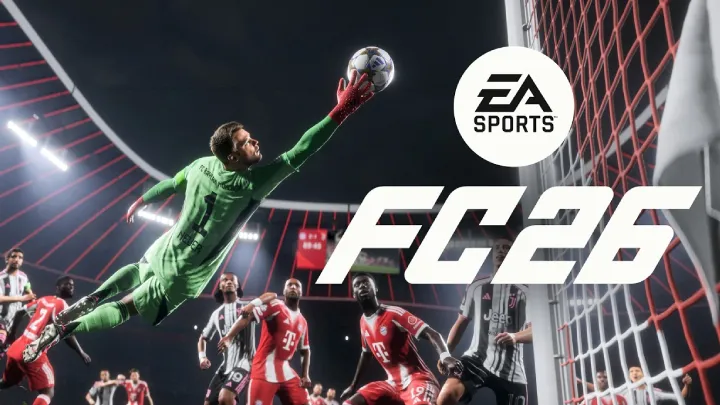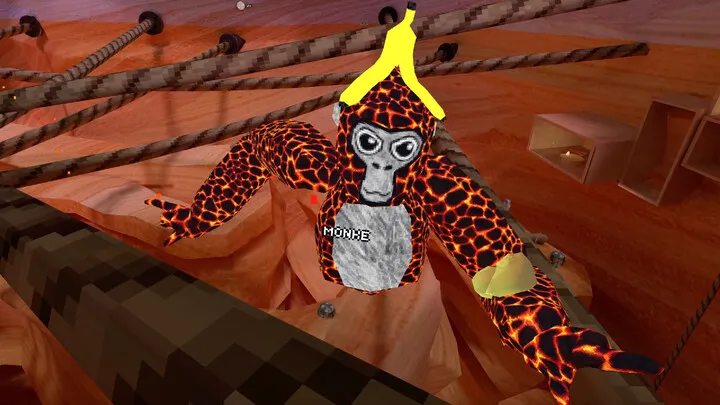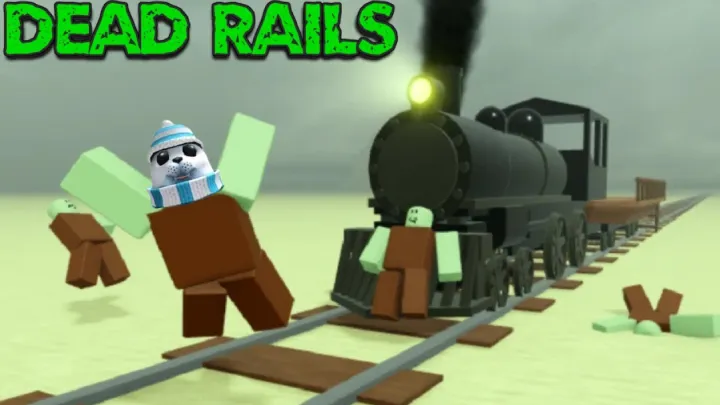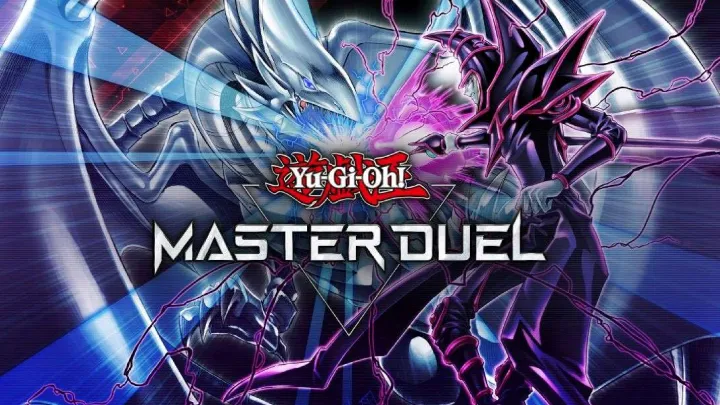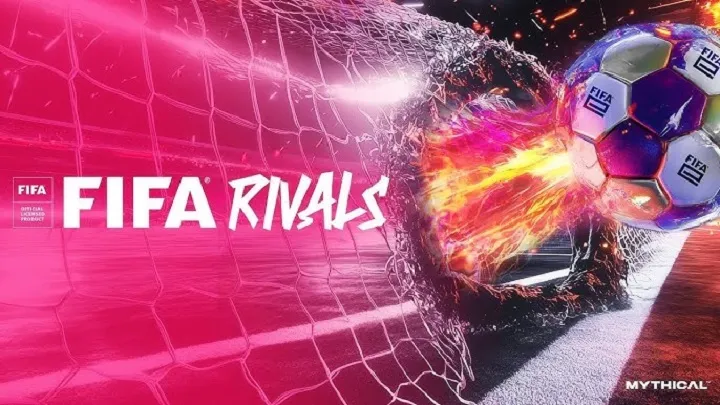Introduction
Call of Duty Black Ops 7 enters the franchise with a wave of anticipation, delivering cinematic campaigns, polished multiplayer maps, and a revamped zombies mode. Yet, beyond the cinematic explosions and tightly designed maps lies a recurring point of contention: the skill gap. Every new Call of Duty title has wrestled with how much weight to give mechanical skill, strategic awareness, and casual accessibility. In Black Ops 7, this debate intensifies due to changes in weapon balancing, movement systems, and the reintroduction of classic mechanics alongside new features. This article explores the issue of the skill gap in Call of Duty Black Ops 7, analyzing how it evolves from first matches to competitive play, its effect on the community, and what it means for the future of the franchise.
First matches The illusion of balance
In the first few matches, Black Ops 7 gives players the impression of fairness. New weapons are accessible, the time-to-kill feels manageable, and map flow seems intuitive. This early experience is designed to onboard casual players, making them believe they can compete regardless of experience.

However, cracks appear quickly. Veterans of the series adapt faster, leveraging prior knowledge of spawns, recoil control, and engagement angles. For new players, the gap emerges as they find themselves repeatedly outgunned by those who know how to exploit the game’s systems.
Weapon balancing The heart of the skill gap
Weapons in Black Ops 7 are more finely tuned than in past titles, but even small differences create outsized skill impacts.
- Submachine guns dominate close quarters due to their high mobility and low recoil.
- Assault rifles provide all-around effectiveness, especially in medium-range skirmishes.
- Sniper rifles, though slower, reward precise aim with devastating payoff.
The weapon meta, shaped by balance patches, amplifies the skill gap because elite players gravitate toward weapons with high mechanical ceilings. Mastery of recoil patterns and timing separates casuals from the competitive elite.
Movement mechanics Old meets new
Black Ops 7 blends traditional boots-on-the-ground gameplay with nuanced movement options such as tactical sprinting and slide canceling. Veterans who mastered advanced movement in older titles now exploit these techniques to break sightlines, dodge bullets, and reposition quickly.
New players struggle because the system requires precision and timing. Movement has become more than positioning; it’s a skill expression tool. Those who can string together advanced maneuvers create openings that casuals cannot replicate, widening the gap further.
Map knowledge The invisible advantage
Subsection Classic design lessons
Black Ops 7 maps are designed with three-lane structures, choke points, and power positions. Players who understand map control dictate the flow of the game.
Subsection Spawn prediction
Skilled players use map knowledge to predict spawn flips, ambush opponents, and control objectives. This transforms knowledge into power, an advantage that feels insurmountable to newcomers.
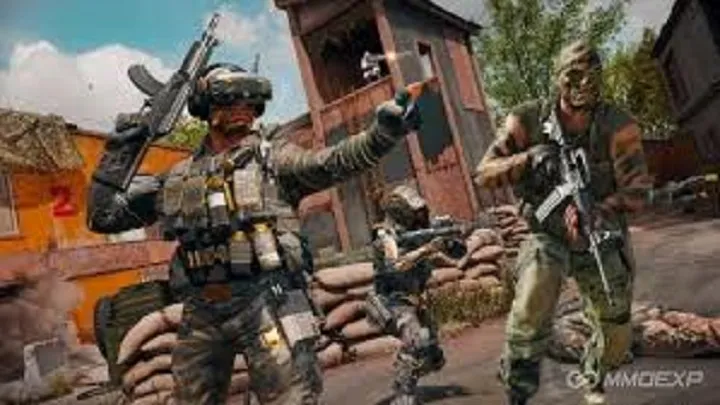
The result is that maps themselves become part of the skill gap equation — what feels like unfair reflexes to a new player may simply be map mastery by a veteran.
Matchmaking Skill-based systems and controversy
Black Ops 7 continues to employ skill-based matchmaking (SBMM), an attempt to reduce frustration for casual players by pairing them with similar skill levels. In theory, SBMM narrows the gap by creating balanced lobbies.
In practice, it fuels community frustration. Skilled players feel punished, constantly placed in sweat-heavy lobbies that demand maximum effort. Casual players enjoy fairer matches, but they eventually encounter difficulty spikes as their hidden MMR rises. The system attempts to solve the gap but often highlights it instead, leaving both groups dissatisfied.
Competitive play Where the gap becomes the game
In ranked modes, the skill gap becomes the defining feature. Players who thrive here celebrate the separation, enjoying the high stakes of evenly matched competition.
For others, ranked highlights how steep the climb can be. Mechanical precision, communication, and strategy are no longer optional but mandatory. The gap isn’t just visible — it becomes institutionalized, a barrier to entry for anyone unwilling to invest significant time.
Community reactions Division and adaptation
The community’s response to the skill gap is polarized. Competitive players embrace it as necessary for esports credibility. They view it as a test of mastery and a reason to grind.
Casual players, however, voice frustration in forums and reviews, claiming that Black Ops 7 feels punishing and inaccessible. This divide fractures the community between those who seek challenge and those who seek fun.
Adaptation strategies also emerge: content creators share beginner guides, weapon meta breakdowns, and movement tutorials to help casuals bridge the gap. These grassroots efforts soften the issue but cannot eliminate it entirely.
Esports implications Skill gap as a selling point
From an esports perspective, the skill gap is essential. High-level play thrives on differentiation between casual and professional performance. Black Ops 7’s mechanics create a spectacle where skill expression is clear, and small differences in aim, timing, and map control determine victory.
This makes the game compelling for spectators but daunting for aspirants. The same features that make esports exciting also make casual entry intimidating.
Potential solutions Narrowing without removing
To maintain competitiveness while reducing frustration, several adjustments could help:
- Expanded tutorial and training modes to teach advanced movement and recoil control.
- More transparent matchmaking systems that explain lobby composition.
- Alternative playlists with reduced focus on skill-based matchmaking for casual relaxation.
- Periodic balance patches to flatten overly dominant weapon metas.
Such solutions would not eliminate the skill gap but would make its contours clearer and its effects less discouraging.
Conclusion
The skill gap in Call of Duty Black Ops 7 is not accidental — it is a byproduct of design choices, weapon balancing, movement systems, and matchmaking philosophy. For competitive players, it provides depth and rewards mastery. For casuals, it can be discouraging, a wall that separates fun from frustration. The future of the franchise will hinge on whether Treyarch and Activision can balance these competing needs, ensuring that Black Ops 7 remains both a playground for elite players and an accessible arena for newcomers.









